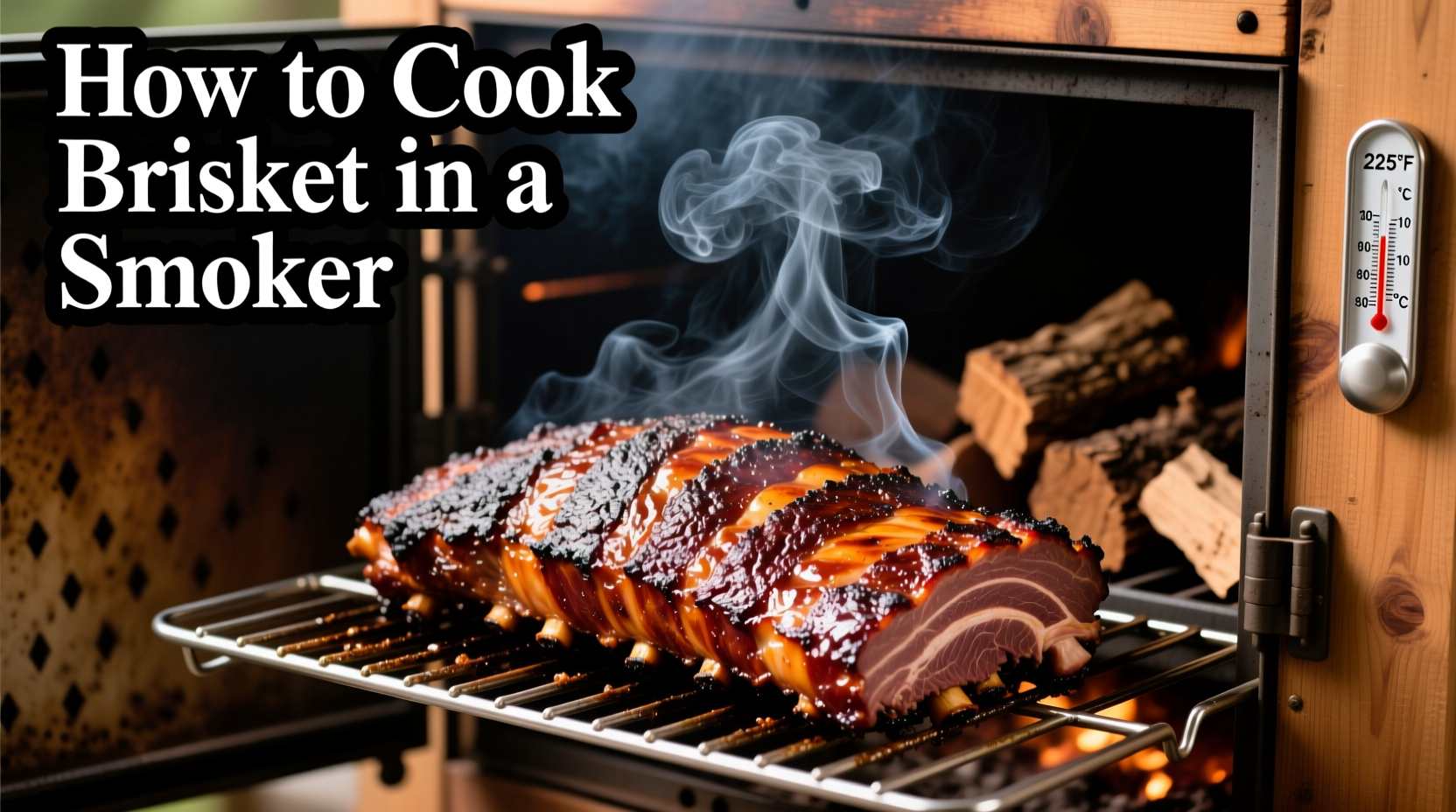Mastering smoked brisket separates backyard grillers from true barbecue artists. After decades of perfecting this craft across professional kitchens and backyard setups, I've discovered that consistent results come from understanding the science behind the smoke—not just following rigid recipes. Whether you're using a $300 electric smoker or a custom offset pit, this guide delivers restaurant-quality brisket through precise temperature control, strategic resting, and understanding the meat's natural chemistry.
Brisket Selection: Beyond the Grade
While USDA Prime offers superior marbling, most home cooks achieve excellent results with properly handled Choice grade brisket. Look for consistent thickness across the flat (at least 1¼ inches) and abundant marbling in the point section. Avoid "pre-injected" or "enhanced" briskets containing sodium solutions—these prevent proper bark formation. The flat cut works best for beginners due to its uniform shape, while experienced smokers prefer whole packer briskets for their forgiving fat content.
| Smoker Type | Temperature Control | Smoke Flavor Intensity | Best For |
|---|---|---|---|
| Offset Charcoal | Moderate (requires attention) | Strong | Experienced smokers seeking authentic flavor |
| Pellet Smoker | Excellent (digital control) | Moderate | Beginners needing consistent results |
| Electric Smoker | Best (set-and-forget) | Mild | Apartment dwellers or smoke-limited areas |
The Critical Brisket Timeline
Understanding these temperature milestones prevents common mistakes:
- 140-160°F (The Stall): Evaporative cooling causes temperature plateau lasting 2-6 hours. Resist increasing heat—this is normal moisture release.
- 165-170°F (Wrap Point): When bark sets and internal temp stalls, wrap in butcher paper to retain moisture while allowing breathability.
- 195-205°F (Done Range): Probe tenderness matters more than exact temperature. Meat should feel like softened butter when pierced.
The USDA Food Safety and Inspection Service confirms brisket is safe at 145°F, but connective tissue breakdown requires higher temperatures for tenderness. This explains why competition barbecue consistently targets 200°F+ for optimal texture.
Trimming Technique: Precision Over Perfection
Remove the hard fat cap down to ¼ inch thickness, preserving the fat seam between point and flat. Square the edges slightly to promote even cooking, but don't obsess over perfect geometry—real meat has natural variations. Professional pitmasters at American Association of Meat Processors recommend leaving 30-40% of the fat cap intact for moisture retention during the 10-14 hour cook.

Temperature Management: The 225°F Sweet Spot
Maintaining 225-250°F creates the ideal environment for collagen conversion without excessive moisture loss. Digital thermometers with dual probes (one for smoker, one for meat) are non-negotiable. When using wood, maintain clean-burning fire with minimal visible smoke—thick white smoke creates bitter compounds. Hickory provides classic barbecue flavor, while post oak offers milder sweetness preferred in Central Texas traditions.
The Resting Imperative: Why 2 Hours Minimum
Resting isn't passive waiting—it's active redistribution. During the 2-4 hour rest in a cooler (without ice), residual heat continues collagen breakdown while juices reabsorb into muscle fibers. Cutting too soon releases up to 40% of moisture according to USDA National Institute of Food and Agriculture meat science research. Wrap the wrapped brisket in towels, then place in empty cooler—no additional heat source needed.
Slicing Science: Maximizing Tenderness
Identify the grain direction by examining muscle fiber alignment. Slice perpendicular to the grain in ¼ inch thick pieces—thinner slices fall apart, thicker pieces feel chewy. For the point section, switch direction halfway through as grain orientation changes. Serve immediately after slicing to enjoy optimal texture before surface moisture evaporates.
Troubleshooting Common Brisket Issues
Dry Brisket: Usually caused by insufficient fat retention or premature slicing. Next time, wrap earlier or increase resting time by 30 minutes. Tough Texture: Indicates incomplete collagen conversion. Maintain consistent temperature and extend cooking until probe-tender, regardless of clock time. Weak Smoke Ring: Normal with electric smokers. Don't compensate with excessive wood—this creates bitter flavors. The ring is cosmetic; flavor comes from proper seasoning and temperature control.











 浙公网安备
33010002000092号
浙公网安备
33010002000092号 浙B2-20120091-4
浙B2-20120091-4